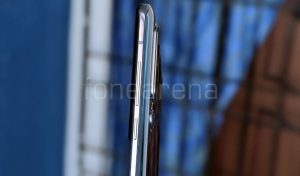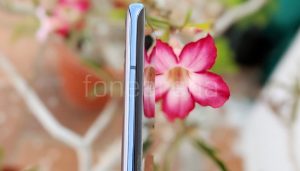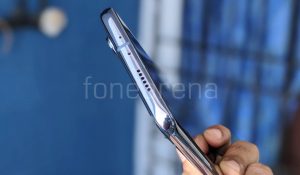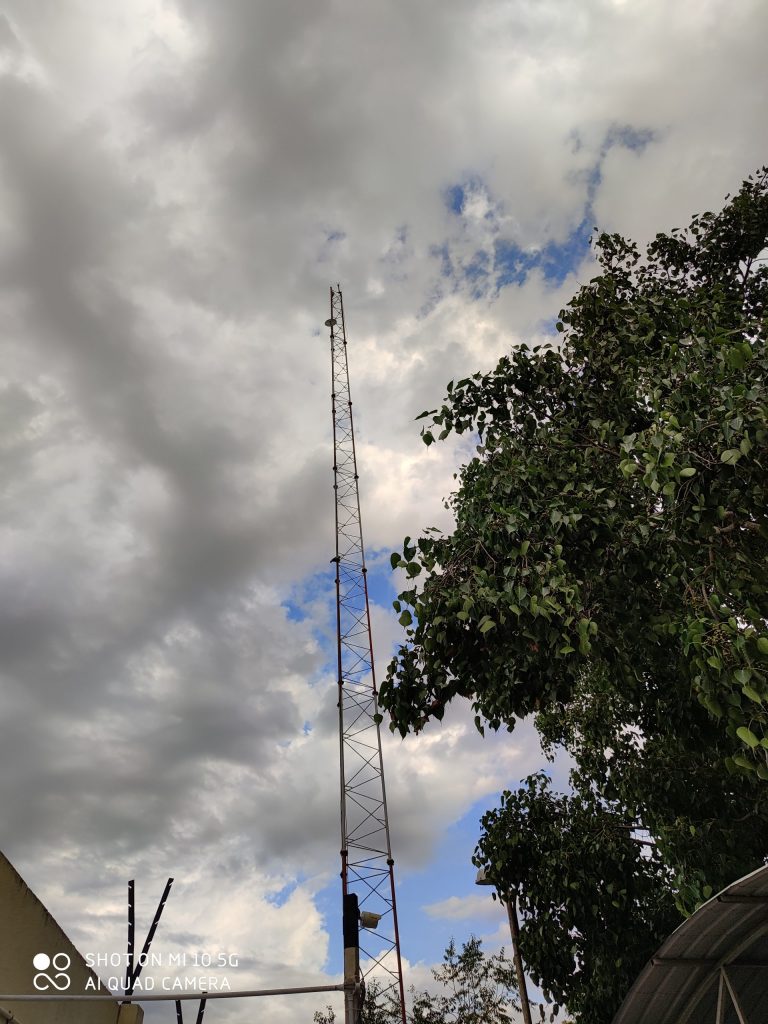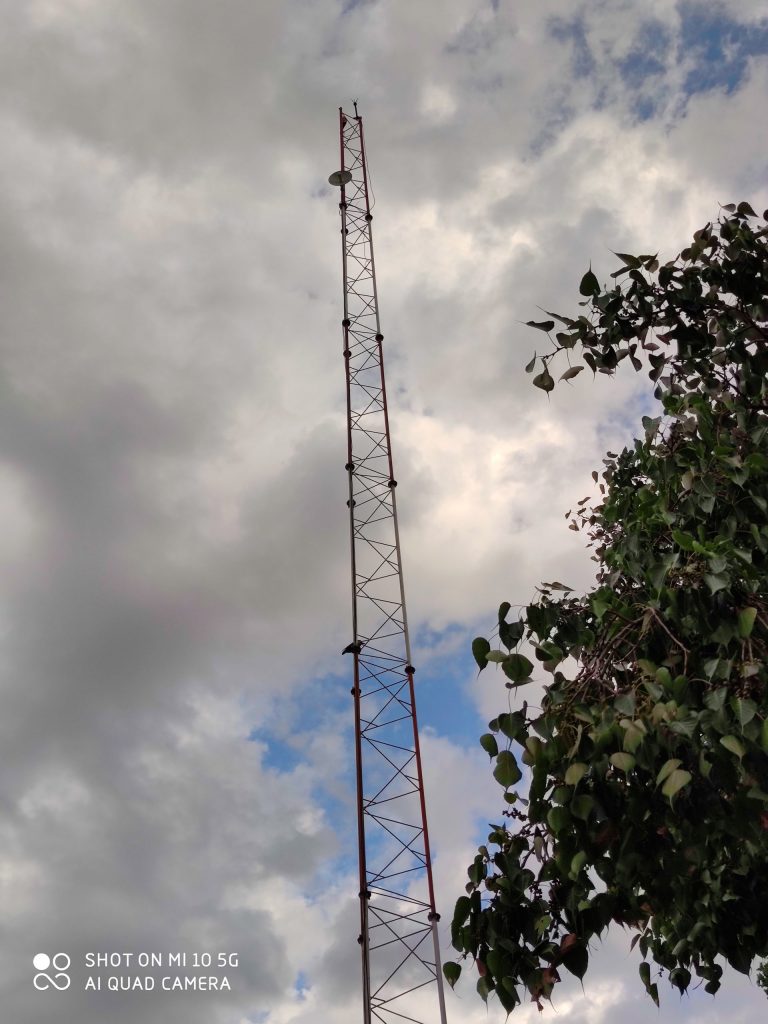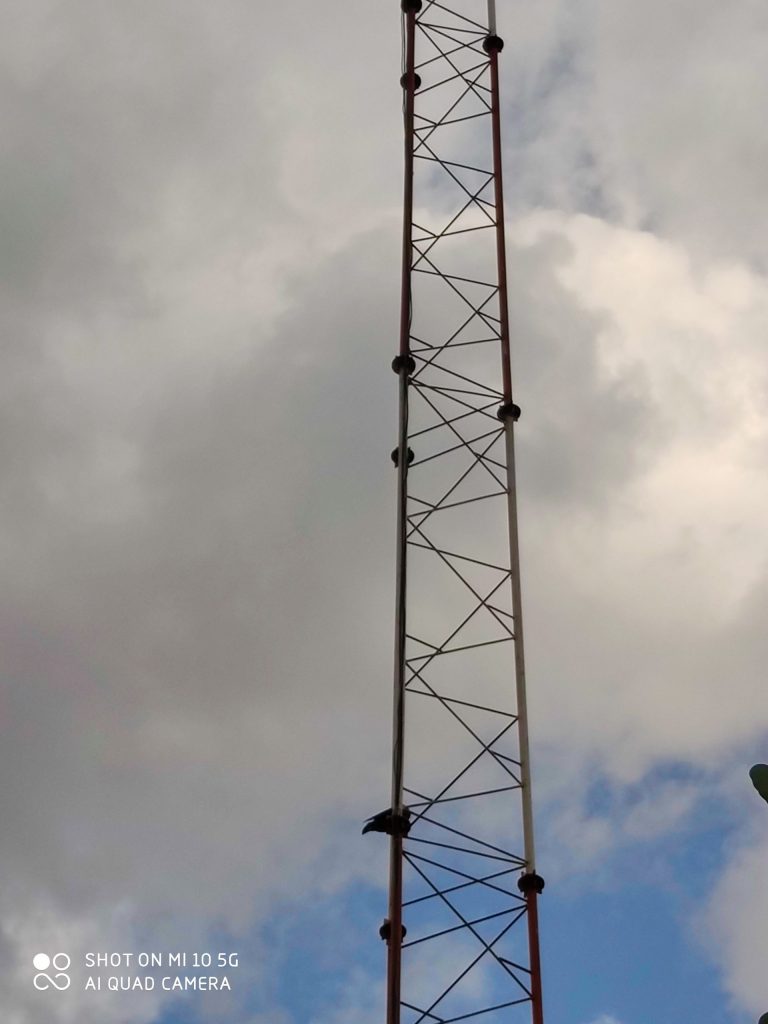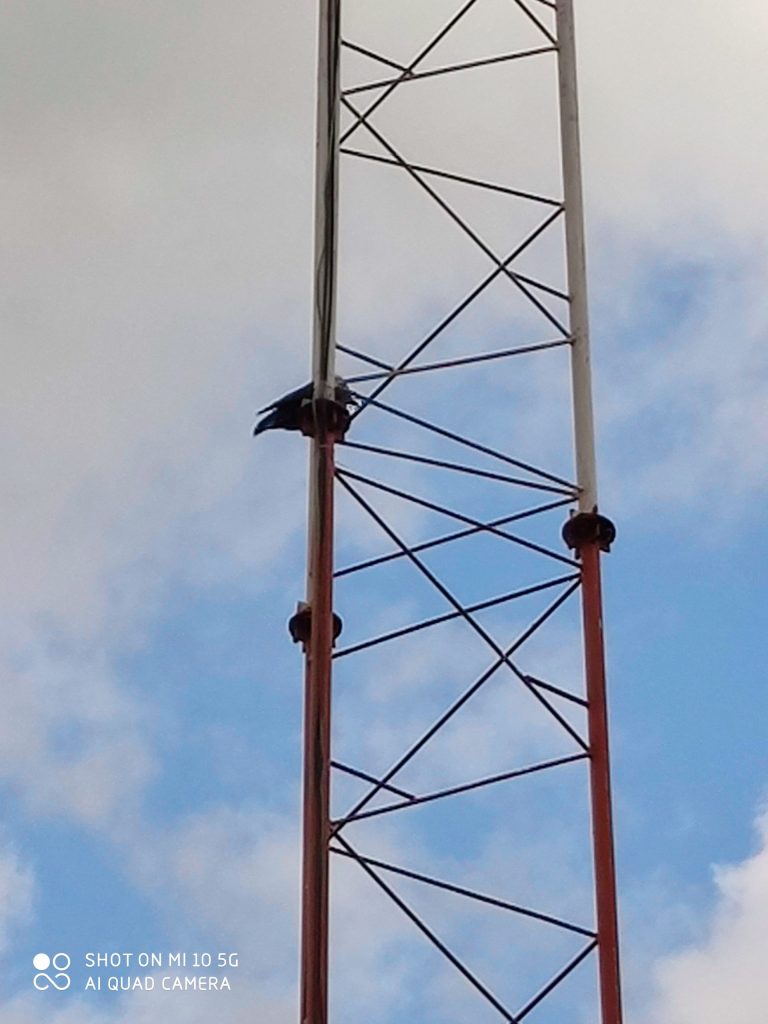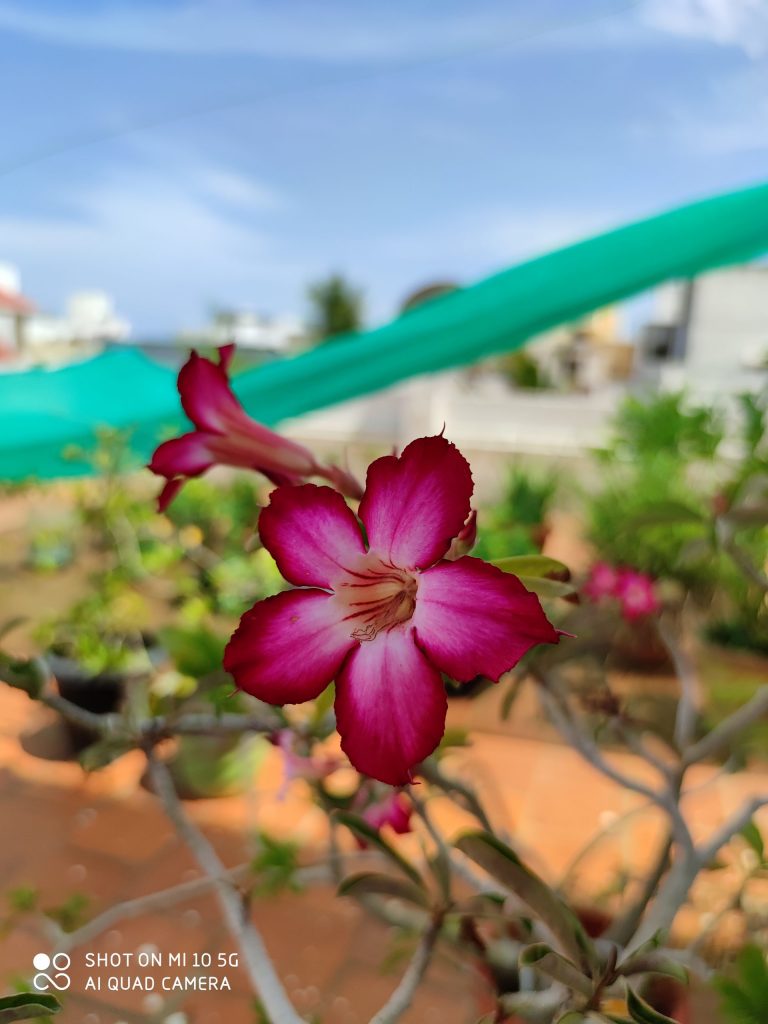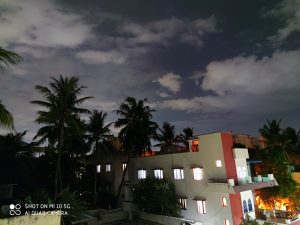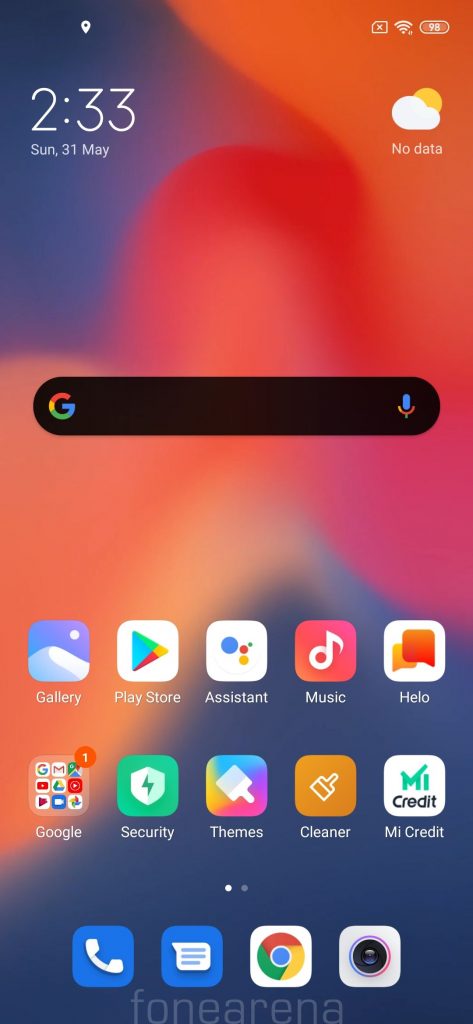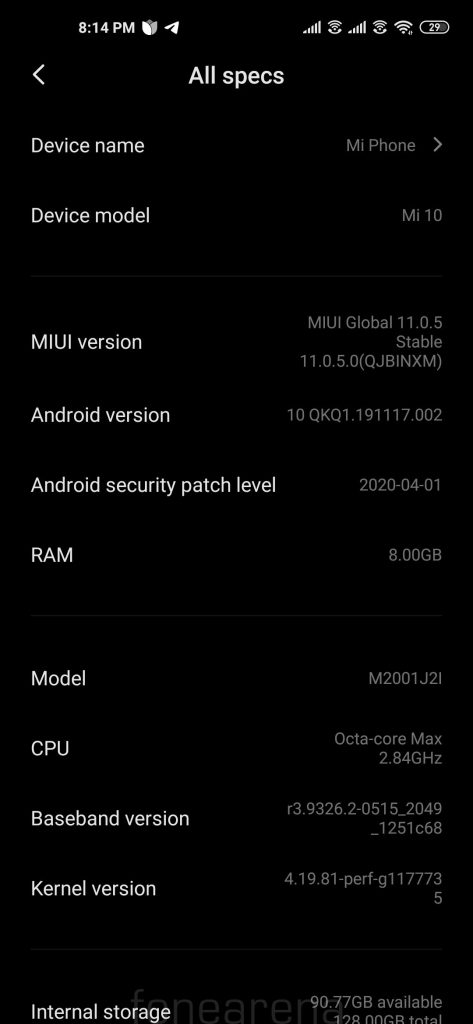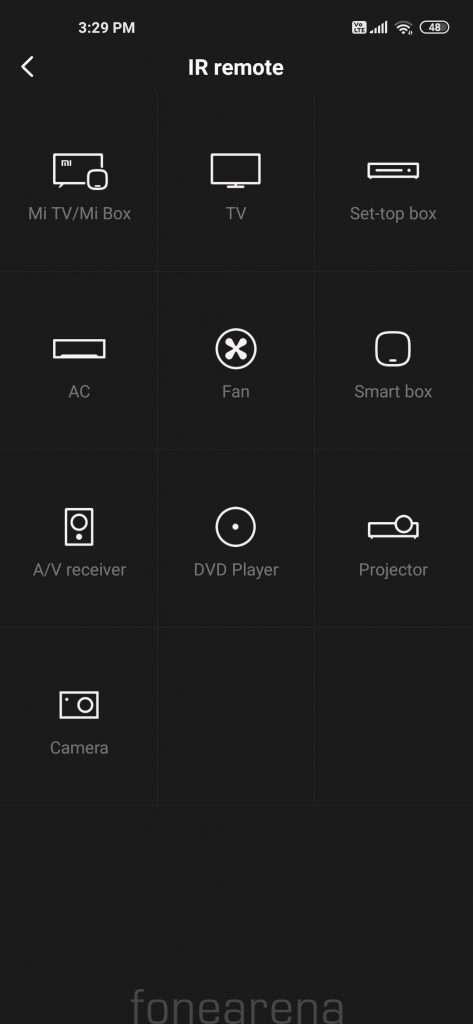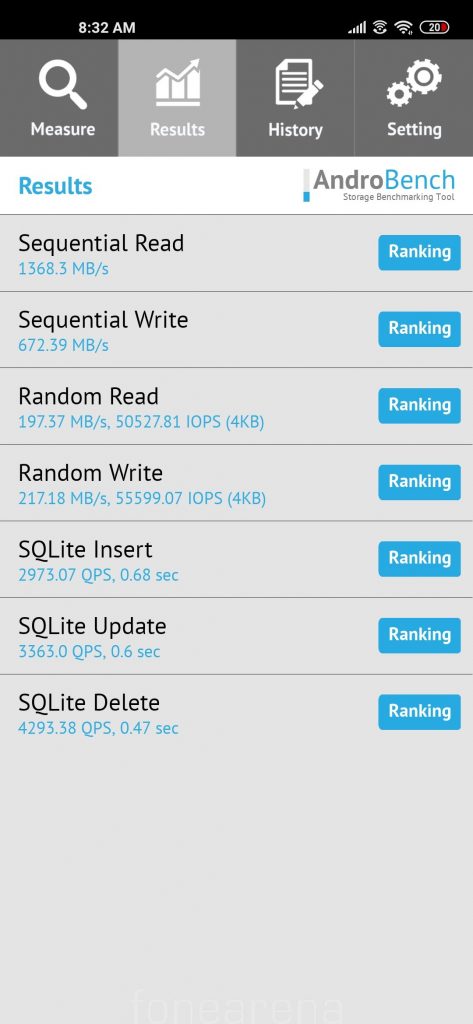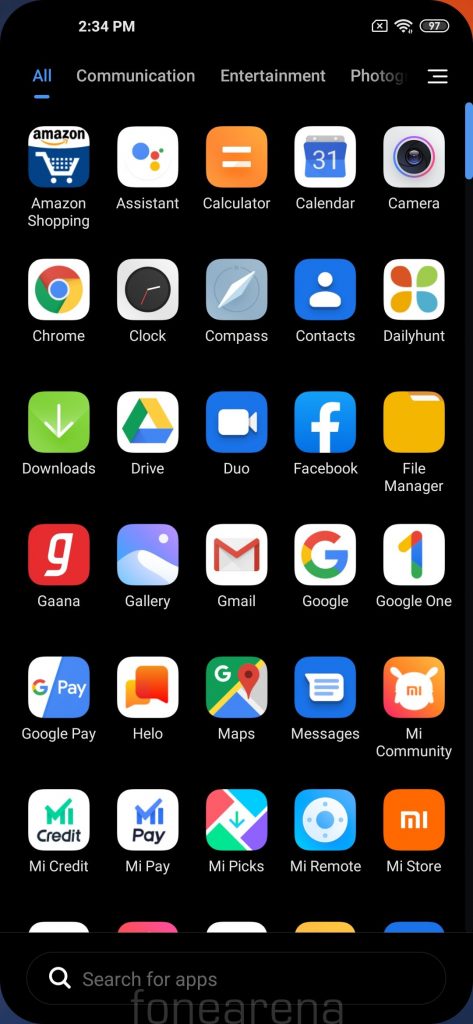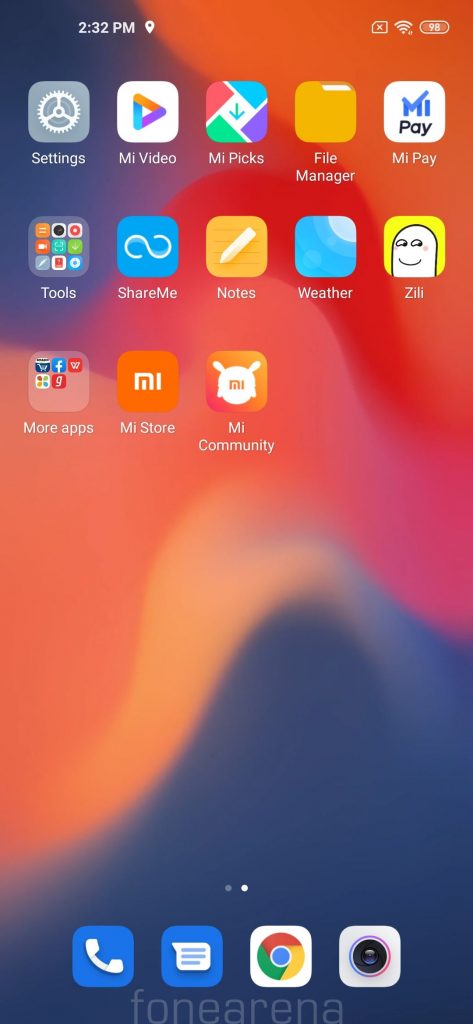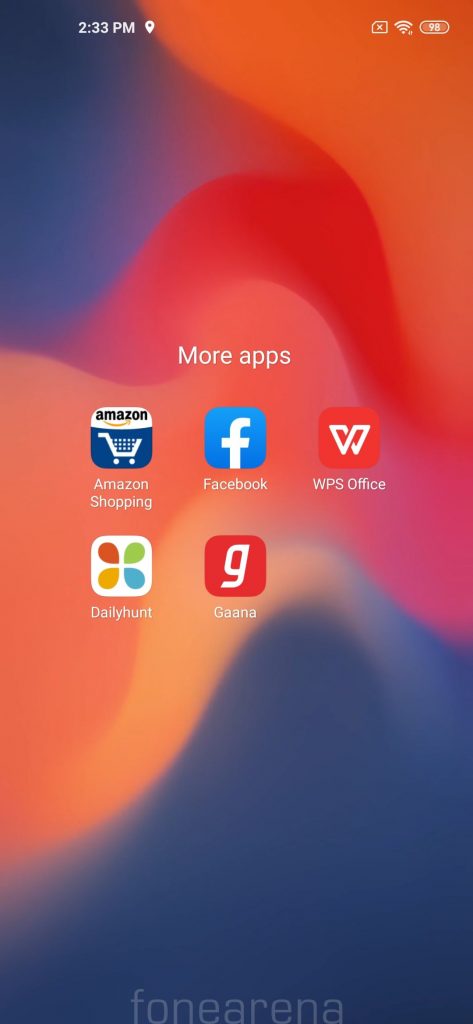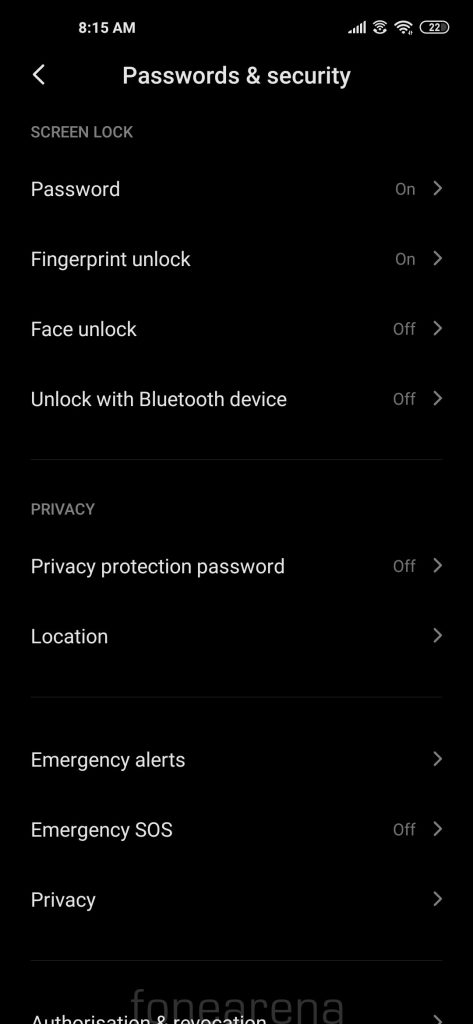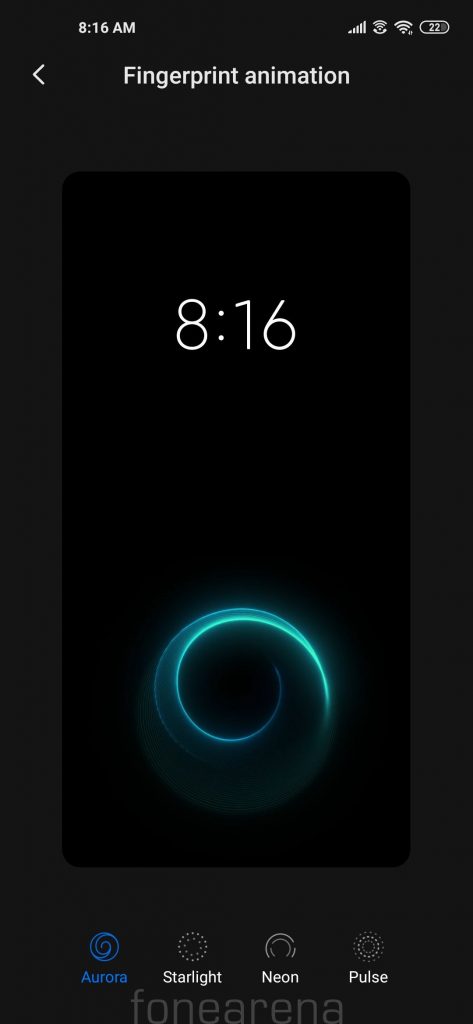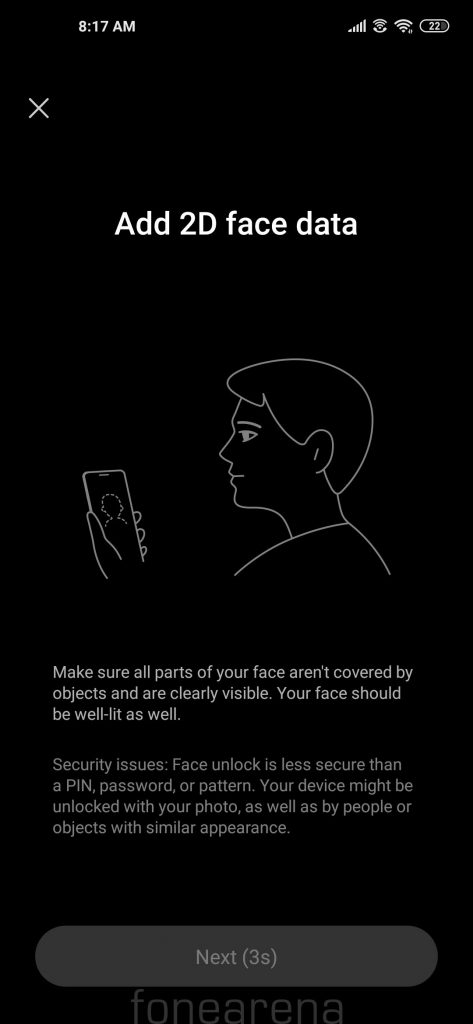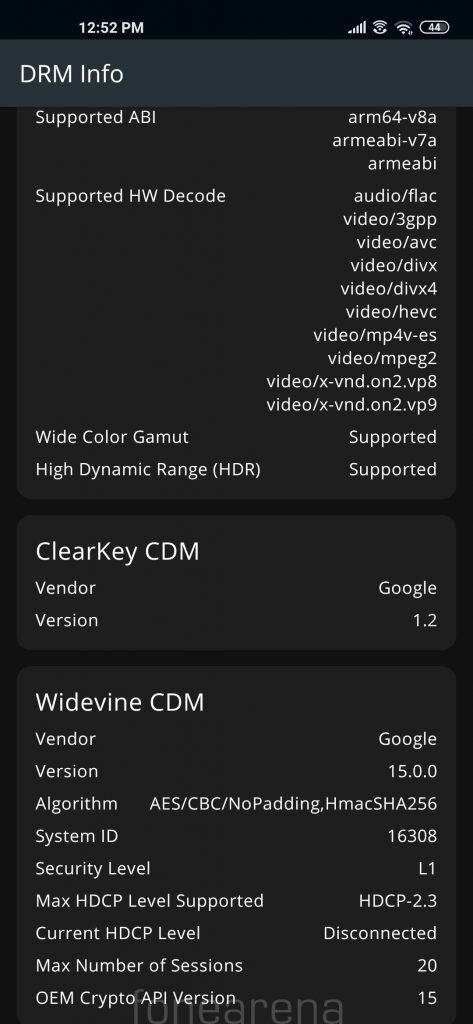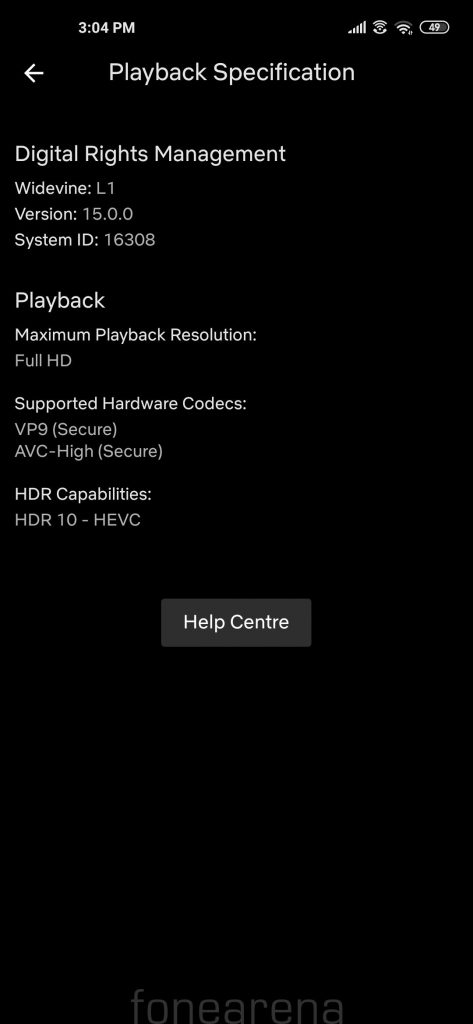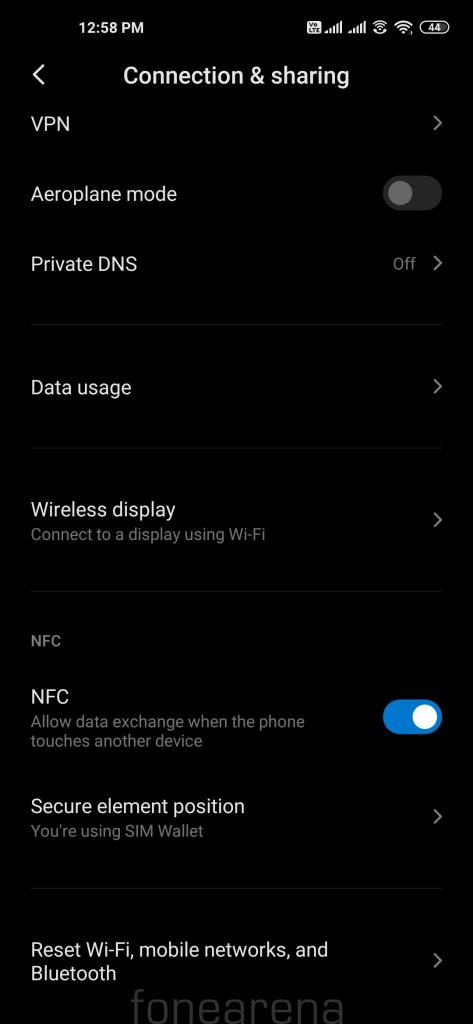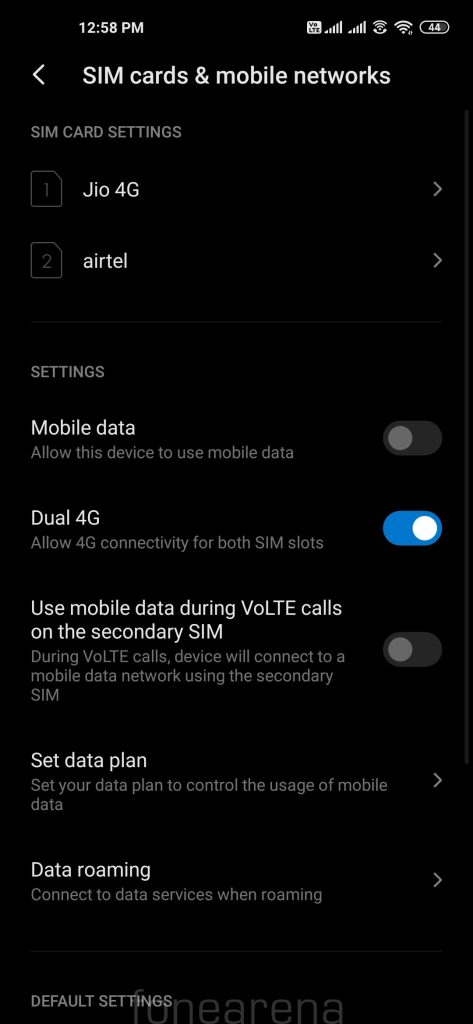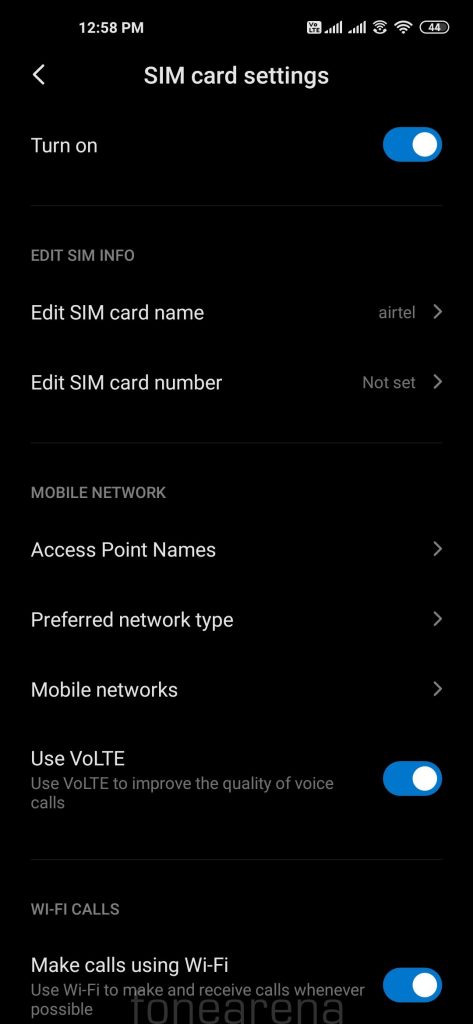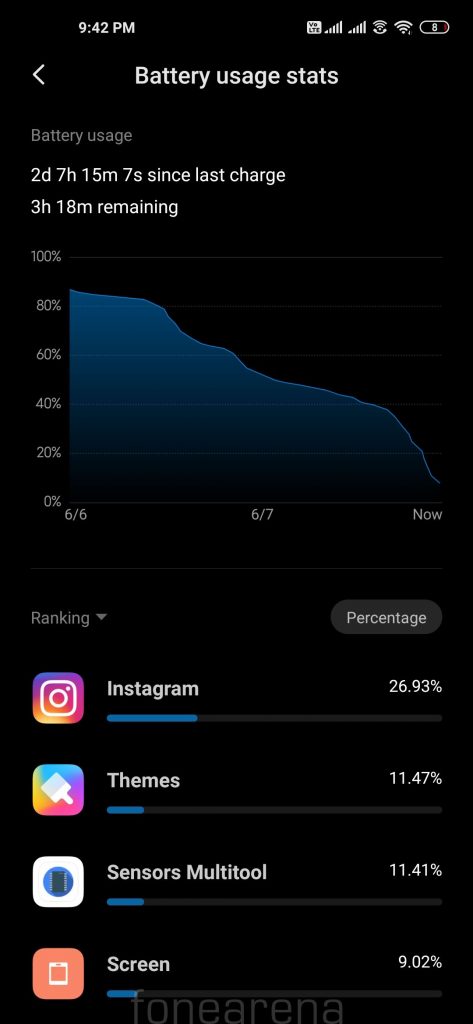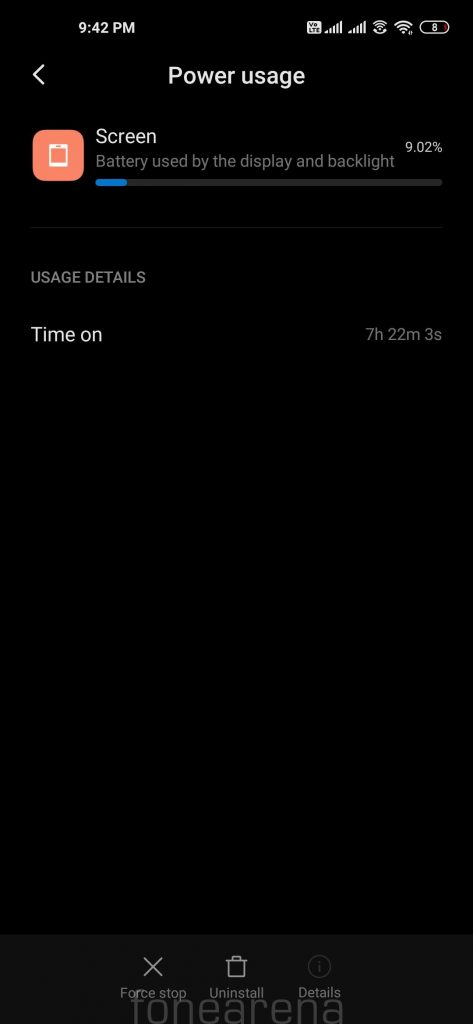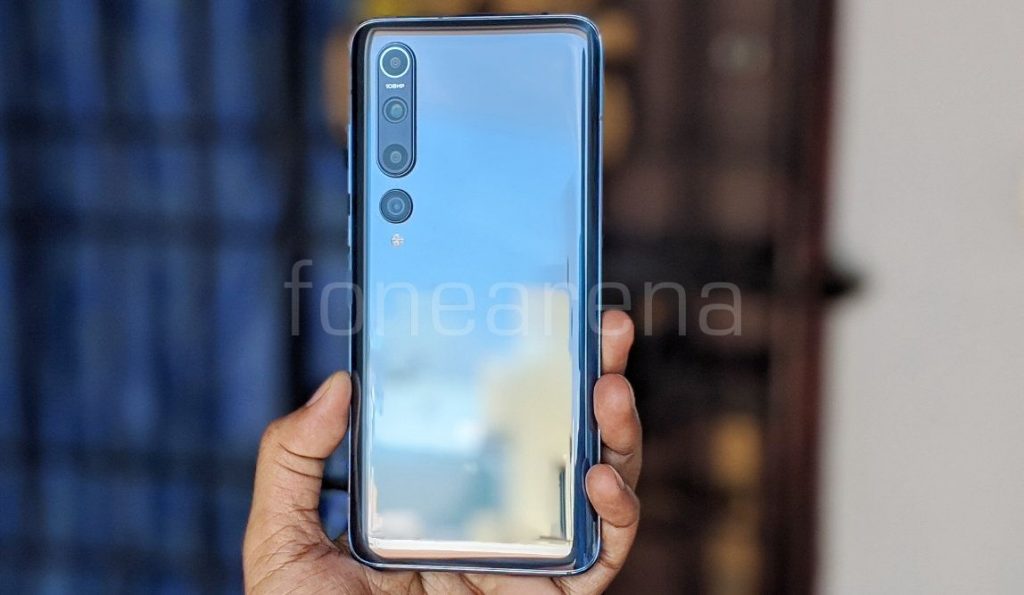
Xiaomi launched the Mi 10, the company’s latest flagship smartphone in India last month. This Mi series phone comes to India after the Mi 5 launch in 2016 and Mi MIX 2 launch in 2017. The on-paper specifications look good, but it is criticized for the high price tag in the Indian market. Are the features compelling for the price? Let us dive into the review to find out.
Box Contents

- Xiaomi Mi 10 8GB + 128GB in Twilight Grey color
- USB Type-C Cable
- 33W charger (5V-3A/9V-2A/9V-3A/12V-1.5A/12V-2.25A/20V-1.32A/11V-3A)
- SIM Ejector tool
- Protective case
- USB Type-C to 3.5mm converter
- User manual and warranty information
Display, Hardware and Design
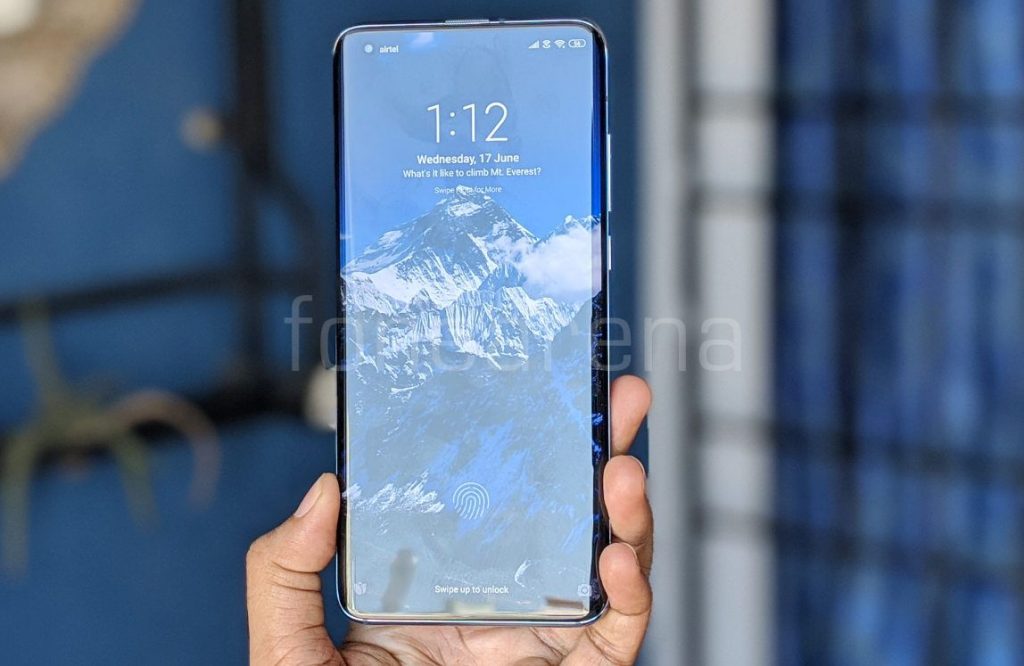
The first thing you notice about the phone is its large curved E3 AMOLED screen. It packs a 6.67-inch AMOLED Full HD+ curved DotDisplay with a pixel resolution of 2340 x 1080, 19.5:9 aspect ratio. I can compromise on the lack of QHD+ screen for the battery life. Sunlight visibility is brilliant, thanks to 800nits typical brightness and a peak brightness of up to 1120nits in HBM mode, and a contrast ratio of up to 5,000,000:1 offering vivid content. It offers JNCD <0.55 for true to life colors. The display also supports 90Hz refresh rate and a touch sampling rate of 180Hz for a smooth experience, especially when gaming. The screen is protected by Corning Gorilla Glass 5.
The screen is HDR10+ certified, which you can experience in Netflix and YouTube apps. Since this has a 19.5:9 aspect ratio screen, you can pinch to zoom to fill the screen when you use video apps, but the content is cropped. Under the display options there are different options to adjust colors and contrast based on your preference, option to switch from 60Hz and 90Hz and Anti-flicker mode, which is DC dimming that reduces eye strain in low light conditions. There is also reading mode that lets you reduce the display’s blue light emission so it doesn’t cause eye strain when you are reading at night.
Ambient Always on display option can be enabled from display settings. There are are range of clock faces to choose from. This doesn’t consume a lot of power since this is an AMOLED screen, but the company says that it increases the power consumption so it turns off automatically when the phone stays dark for a long time or battery saver restrictions are applied. You can also set a schedule for the always on mode.
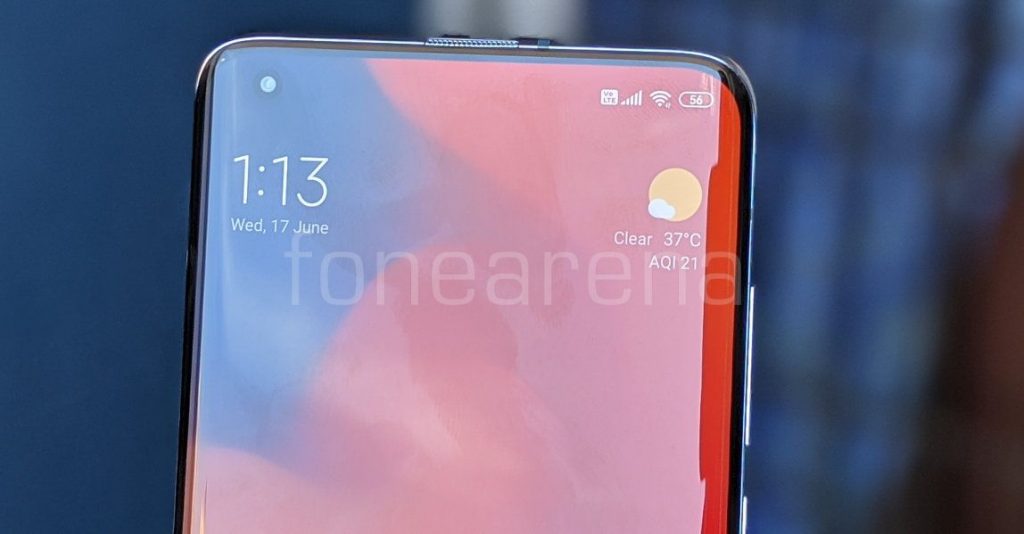
Above the display there is an earpiece on the top edge, but the phone doesn’t have notification LED, which is acceptable since it has Ambient display options. The proximity and ambient light sensors are under the screen. It also has a gyroscope and a magnetic sensor, otherwise known as a magnetometer. There is also a tiny 4.08mm hole for the 20-megapixel camera on the front, and the company says that it is the visible aperture and the actual aperture is 3.84mm. Since it is small it is not intrusive when watching videos.
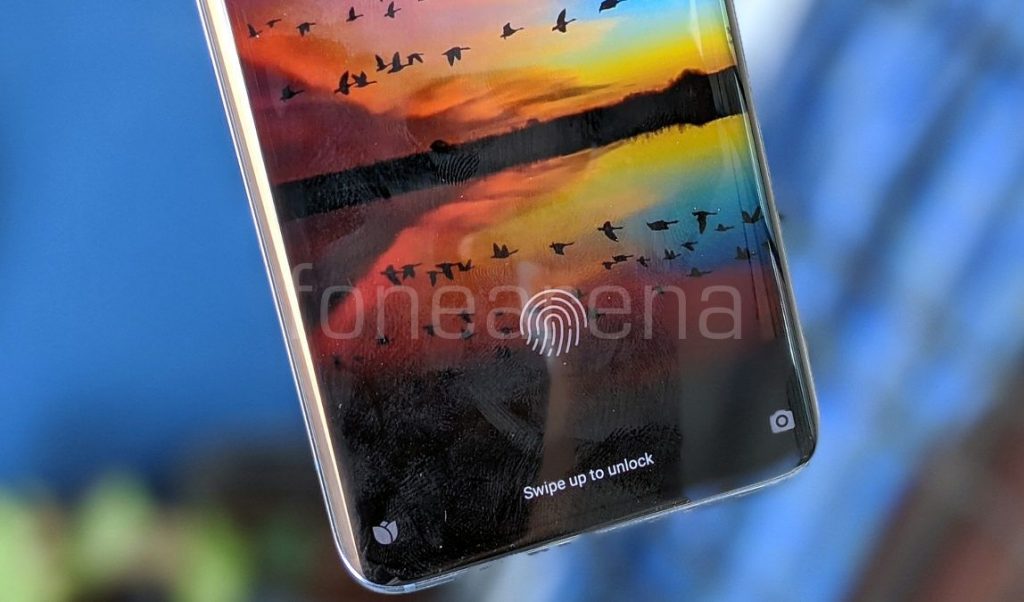
There is a small bezel below the display, but this has minimal compared to most other smartphones. The Mi 10 features X-axis linear vibration motor, which enables over 150 custom vibration patterns across the UI for the best haptic experience, and the different can be felt when using the phone.
The phone has a metal frame, and you can see the antenna cutouts. The power button and volume rockers are present on the right side. Secondary microphone, secondary speakers and IR blaster is present on the top. On the bottom there is a primary microphone, primary speaker, USB Type-C Port and dual nano SIM slots.
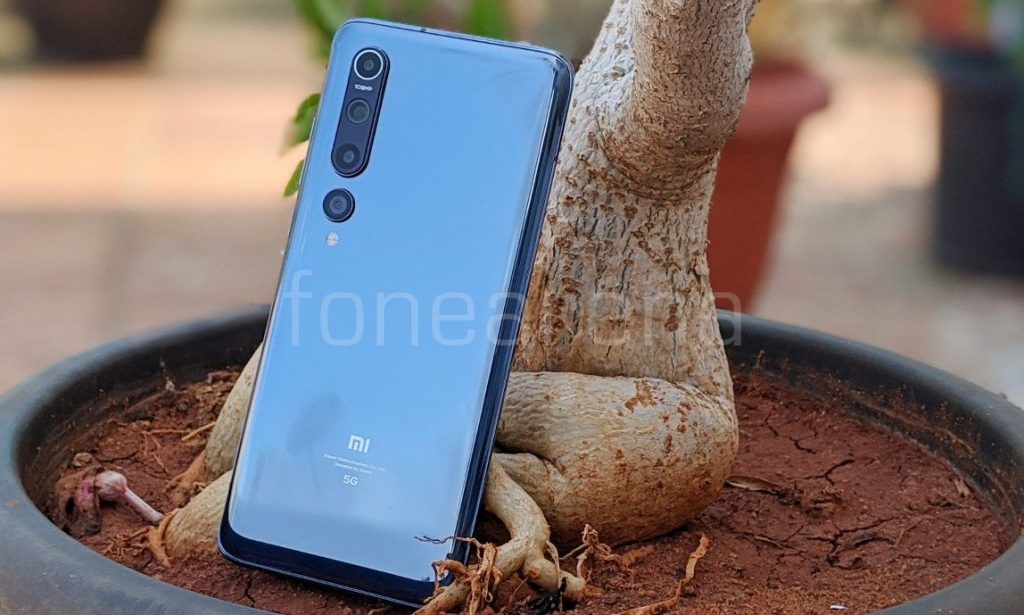
Even though the phone has a large screen, it is easy to hold since it is 74.8mm wide. It has about 90% screen-to-body ratio. This has 3D glass back with glossy finish that looks and feels premium and also comes with Corning Gorilla Glass 5 Protection. Glass back of the phone attracts fingerprints easily and might be slippery, but the bundled case is good. It packs a 4780mAh built-in battery. It weighs 208 grams, and the weight distribution is good. The phone is 8.96mm thick, and the company says that the frame is just 2.2mm thick.
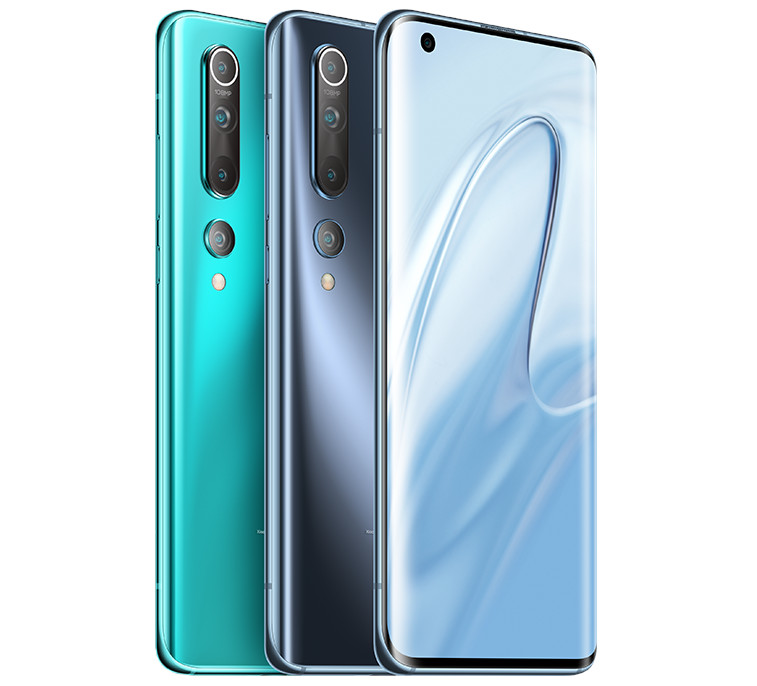
The phone has a P2i nano coating, making it splash proof and it can also withstand light rain, but can’t be immersed in water since it lacks IP ratings, which is the most expected feature in a flagship phone. In addition to Twilight Grey, the phone also comes in Coral Green color, which looks brighter.
Camera
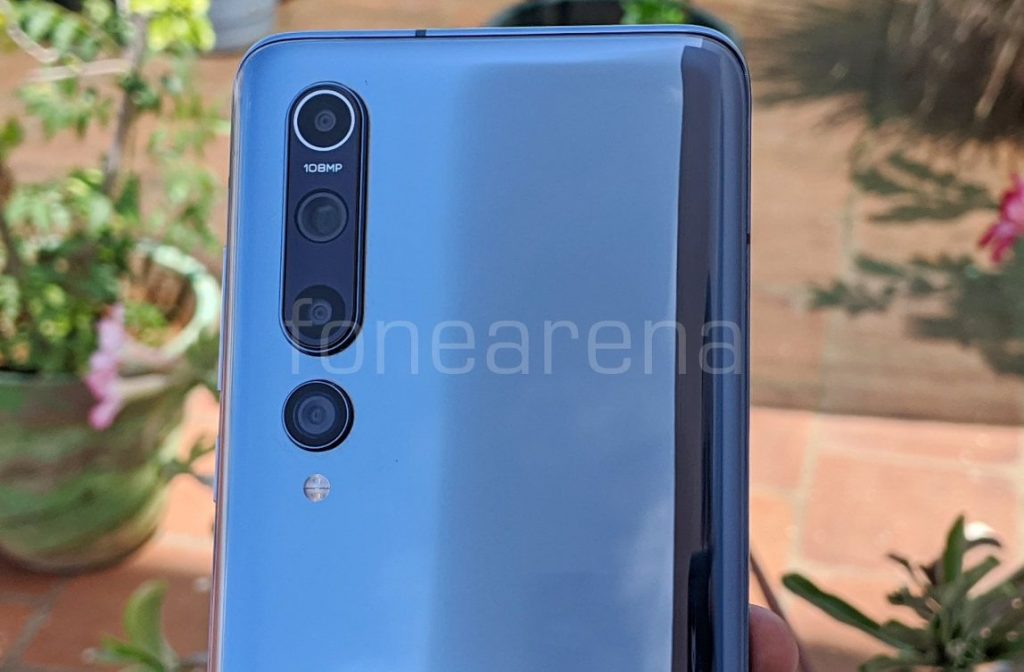
The phone packs a 108-megapixel primary rear camera with large 1/ 1.33″ Samsung sensor, 0.8μm pixel size, f/1.69 aperture, OIS, EIS along with a secondary 13-megapixel 123° ultra-wide sensor, 2-megapixel depth and 2-megapixel macro sensors. There is also a 20-megapixel pop-up front camera with 0.8μm pixel size and f/2.3 aperture.
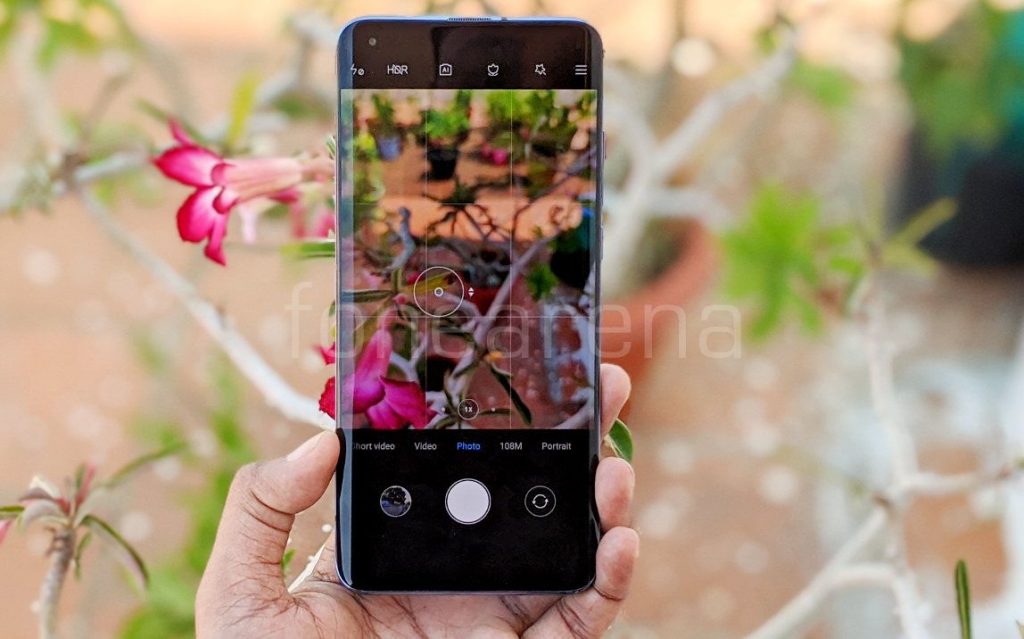
The camera UI is familiar with other Xiaomi smartphones running MIUI 11 with flash, HDR, AI, Macro mode, colour modes (Normal, Vivid, Film, Amour, Latte, Sun, Cookie, Calm, Soda, Gourmet, Glow, Berries, B&W and Fade) on the top. Pressing the menu option shows camera frame, timer, tilt-shift, straighten, Documents and Google lens. There is a front camera toggle on the bottom along with option to select modes such as Slow motion, Short Video, Video, Photo, 108MP, Portrait, Night, Panorama and Pro mode to adjust white balance, focus, shutter speed (1/4000s to 30 seconds), ISO (100 to 6400) and option to select main, ultra-wide and macro lens. You can also shoot in RAW in Pro mode. Beautify option for the front camera lets you adjust several features, in addition to smoothness. There is also a new 21:9 wide portrait feature which is called ‘movie’ mode which works both rear camera front cameras and for video, but there is no separate portrait video mode.
Xiaomi has enabled Cam2API by default so you can side-load ported Google Camera APKs for advanced editing including RAW capture.
Check out the camera samples (Click the image to view the full resolution sample.).
Coming to the image quality, daylight shots came out well with good dynamic range. After pixel binning you get 27MP output. HDR shots are better with improved dynamic range. 13MP wide-angle shots are good as well, but it struggles in low light due to f/2.4 aperture. 108MP mode that offers a lot of details and can go up to 25MB in size. Even though there is no telephoto lens, it uses the software for offering up to 10x digital zoom. This is like taking an image and cropping up later, so up to 5x the images look decent, and further you zoom, you lose the details. The dedicated 2MP macro sensor is unnecessary since the company could have offered macro option in the 13MP ultra-wide camera.
Low-light shots are good, thanks to 4-in-1 Super Pixel technology that lets the camera’s sensor hardware combine 4 pixels into a single 1.6μm large pixel, and the night mode is even better making the images brighter offering more details, but there is noise when there is hardly any light. Images with flash are good and the flash is not overpowering. Daylight front camera shots from the 20-megapixel front camera is decent, but not the best even in daylight conditions due to the tiny sensor. Output is 20MP in resolution, and the image size is around 7MB. Portrait shots have decent edge detection even though it is done using software.
Check out the camera samples (Click the image to view the full resolution sample.).
It can record videos at 8k resolution at 30 fps, 4k and 1080p at up to 60 fps, and it also has slow motion 1080p or 720p resolution video recording at up to 120fps. The phone has OIS, which works well, and we didn’t notice any frame drops. There is also a Pro video mode that lets you adjust things such as focus, shutter speed, ISO, White balance, EV and option to choose between normal, ultra-wide and macro lens. There is Histogram, Focus peaking, exposure feedback and new ‘Log mode’ that retains more dynamic information so that it is easy to color grade when editing. The front camera can record 1080p videos at 30fps.
Check out the video samples below.
Software, UI and Apps
It runs Android 10 out of the box with MIUI 11 on top. It recently got Android security update for April, 2020 that also brought NavIC support. MIUI 11 that was introduced last year brings several features including Minimalistic Design, Quick Replies, dynamic sound effects, Dynamic Video Wallpaper and more. The company has already confirmed MIUI 12 update, which should be available later this year and Android 11 as well in the future. It has all the usual set of features such as Dual Apps, Second Space, App Lock, Quick Ball and more. Instead of app valut when you swipe left from the homescreen, there is Google Discover option.
Since the phone has an infrared sensor for remote function, it comes with Mi Remote that lets you control your home appliances easily. Out of 8GB LPDDR5 RAM, you get 7.6GB of usable RAM, and about 4GB of RAM is free when default apps are running in the background. Out of 128GB, you get about 107GB of free storage. Since this has UFS 3.0 storage, we got sequential read speeds of about 1368MB/s.
There is even app drawer option that can be enabled from settings. Apart from the usual set of utility apps, Google apps and Xiaomi’s own set of apps, it comes pre-loaded with Amazon Shopping, Facebook, Dailyhunt, WPS Office, Gaana and Zili apps. You can easily uninstall these apps. Xiaomi is known for showing ads on its phones with MIUI, but this doesn’t show ads even when the recommendations are enabled on Music, Video, File Manager and others. However, some apps like Music, Video and Browser show notifications, so you need to disable notifications from the app settings.
Fingerprint sensor and Face unlock
The phone has an in-display fingerprint sensor that unlocks the phone in a second, and there are four animation options to choose from, but it can’t be disabled. You can enable option to show the fingerprint icon when the screen is off when you raise the device, but this will consume more power says the company. You can add up to 5 fingerprints. You can also use the fingerprint for app local and payments in apps. The phone also has face unlock, but it is not as secure as fingerprint, and also doesn’t work if you use sunglasses or hats.
Music Player and Multimedia
The Mi Music Player is the default music player. There are different sound presets and visualizer that shows up on the lock screen. It doesn’t have FM Radio. Thanks to dual 1216 linear speakers with large 1.2cc sound cavity, audio output is brilliant. Audio through earphones (via type-c converter) is good as well since it has Hi-Res Audio certification.
This comes with Widevine L1 support out of the box so that you can enjoy HD content on Amazon Prime Video, Netflix, Hotstar and other streaming apps. It even supports HDR content on Netflix and Amazon Prime Video , which is good.
Dual SIM and Connectivity
It supports 4G VoLTE for Reliance Jio and Airtel as well as support Dual 4G VoLTE that offers 4G in both the SIM cards at a time. There is Snapdragon X55 5G modem. Other connectivity options include Dual-Band Wi-Fi 6 802.11 ax (2.4 + 5GHz) 2 X 2 MIMO for better Wi-Fi connectivity, Wi-Fi calling / VoWiFi support, Bluetooth 5.1 LE, GPS + GLONASS and it also has NavIC, which works well. The phone also NFC support and has USB OTG support that lets you connect USB drives. This uses stock dialer and messaging apps unlike other apps MIUI 11. Moving on, the call quality is good, and we did not face any call drops and the earpiece volume was loud.
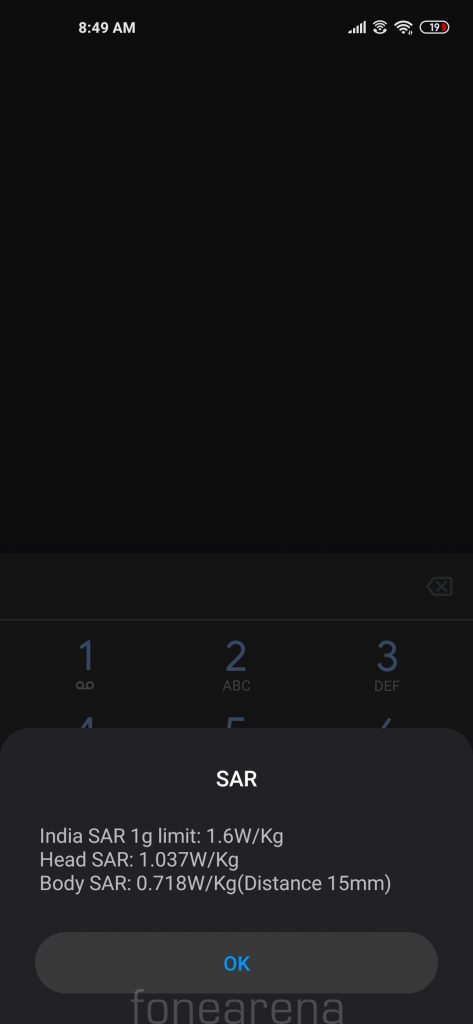
The Mi 10’s body SAR is 0.718 W/Kg (Distance:15mm) and head SAR is at 1.037W/Kg which is slightly more than 1W/kg, even though the limit in India is 1.6 W/kg (over 1 g). We would recommend to use a headset or a Bluetooth headset if you are making long calls.
Performance and Benchmarks
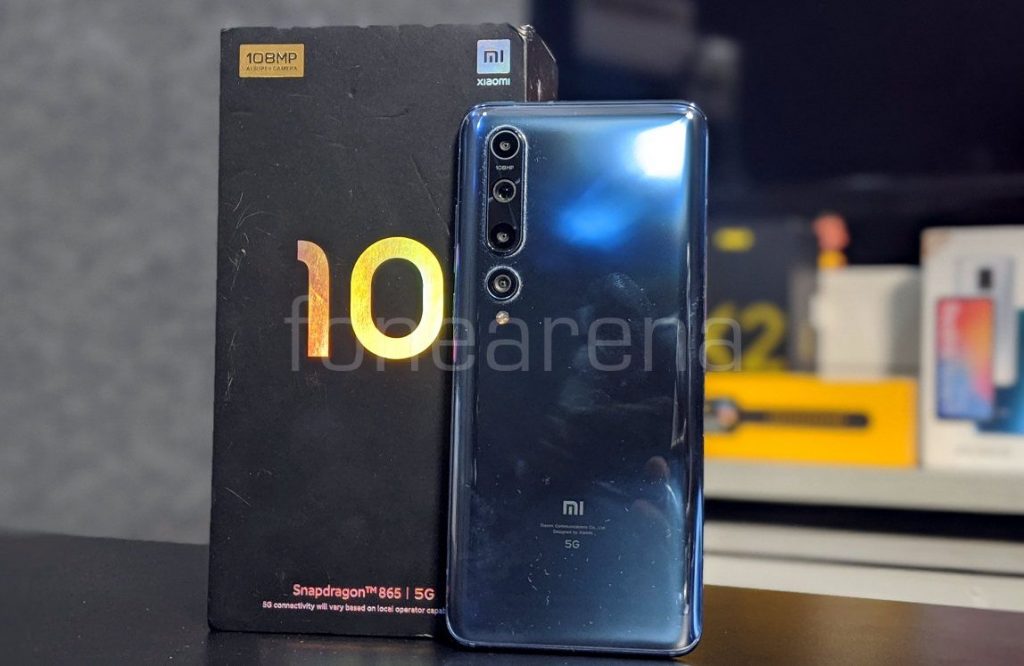
Coming to the performance, this is the first Xiaomi phone to be powered by an Octa-Core Snapdragon 865 7nm Mobile Platform, which has 1 x Kryo 585 Prime CPU (A77-based) at up to 2.84GHz, 3 x Kryo 585 Performance CPUs (A77-based) at up to 2.42GHz, 4x Kryo 585 Efficiency CPUs (A55-based) at up to 1.80GHz. It has Adreno 650 GPU with support for Open GL ES 3.2, Open CL 2.0, as well as Vulkan 1.1 graphics, 8GB LPDDR5 RAM and 128GB / 256GB UFS 3.0 storage.
Thanks to the larger Kryo 585 cores based on new Cortex A76, this is faster than the Snapdragon 855 Plus, promising a 25% performance uplift. The Adreno 650 GPU offers up to 25% overall performance boost compared to the previous generations and it also has Snapdragon Elite Gaming features.
We did not face any issues or frame drops in the graphic-intensive games, and PUBG works HD, and also supports HDR. Thanks to 90Hz refresh rate, gaming was super smooth in games that support it such as Dead Trigger 2, Real Racing 3 and more. It gets a bit warm on intensive gaming and 4G data use since it has a glass back, but it doesn’t get too hot to handle. It has 3000mm² VC liquid cooling plate + graphene + 6-layer graphite for faster heat dissipation, and the company promises up to 10.5° C reduction in CPU temperature. That said, check out some synthetic benchmark scores below.

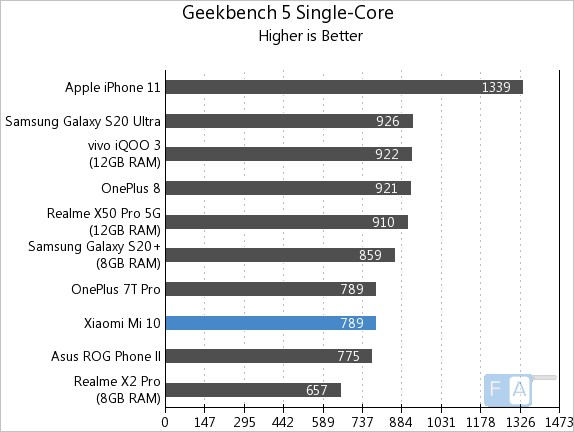
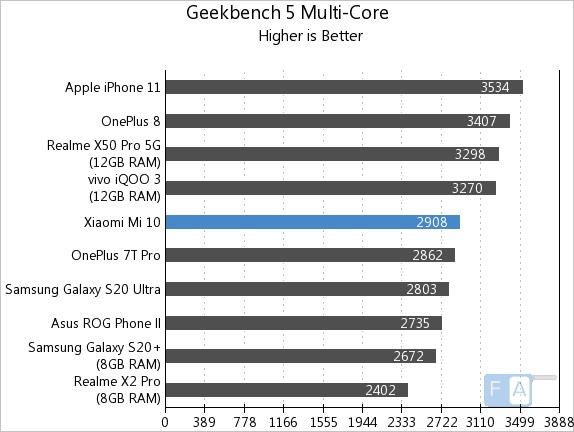
Battery life
Coming to the battery life, the 4780mAh (typical) built-in battery is slightly smaller compared to the Redmi Note 9 series, but it is bigger for the Mi series. It lasts for a whole day even with heavy use, and with average use it lasts for two days, thanks to optimization in the MIUI 11. I got over 7 hours of screen on time with 2 days of use in 90Hz refresh rate. Even though it doesn’t mention 90Hz as adaptive, it automatically switches to 60Hz when you don’t need it, mainly to optimize the battery life. Since the phone has support for 30W fast charging, it takes about 1 hour and 2 minutes from 0 to 100%, and 0 to 50% takes 27 minutes using the bundled 33W charger.
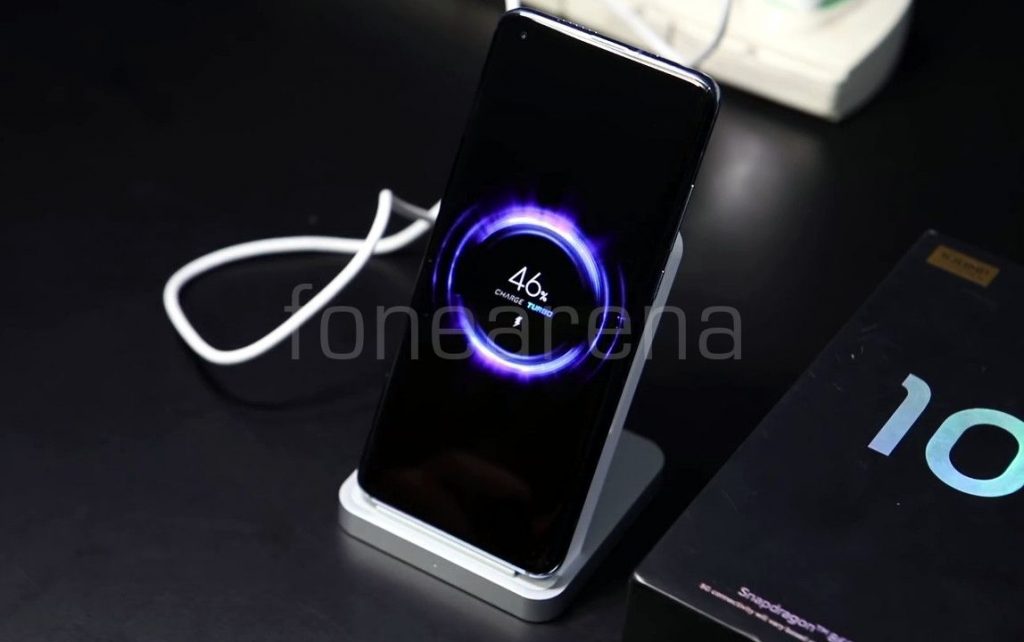
The phone also comes with 30W wireless charging support, but it will sell the wireless charger separately at Rs. 2299. This takes about 1 hour and 10 minutes to charge wirelessly, which is almost same as the wired charging. The phone also has 10W reverse charging which lets you charge other Qi wireless charging supported accessories just by placing them on the back of the phone. You will have to enable the reverse charging option from the drop-down menu first.
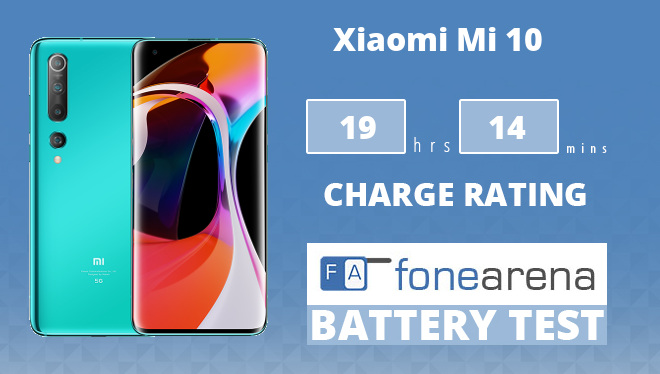
It achieved One Charge Rating of 19 hours and 14 minutes in our battery test, which is good for a phone with a 4780mAh battery. We tested it in 60Hz since it switches from 90Hz to 60Hz in some tests. Battery life is based on different factors such as software optimization and the processing power that requires to power the phone, so if the phone lasts for a day with heavy use, it is good.
Conclusion
At a starting price of Rs. 49,999 for the 8GB RAM with 128GB version, the Mi 10 is a premium flagship from the company. It priced a bit high in India due to recent GST hike and the fact that the company has to import all the units since Xiaomi is incapable of manufacturing such sophisticated components in India. Xiaomi is selling Redmi flagship, the K20 Pro for almost half rate in the Indian market, and it has been years since we had seen a Mi series flagship so the price increase compared to previous Mi flagship in India feels high. It has 90Hz curved AMOLED screen, 108MP camera, offers good performance and comes with support for fast charging in addition to wireless charging, but it lacks IP ratings for water resistance and doesn’t have a telephoto camera, instead features a 2MP macro camera and the selfie camera is not on par with other flagships.
Competition
The OnePlus 8 is a direct competition at a cheaper rate, and if you spend more you also get the OnePlus 8 Pro with a 120Hz QHD+ screen, support for wireless charging, and even a telephoto camera. After the recent price cut and offers, the iQOO 3 is a good deal if you don’t care about high refresh rate screen, looking for a good performance.
Availability
Priced at Rs. 49,999 for the 8GB RAM with 128GB storage version and Rs. 54,999 for the 8GB RAM with 256GB storage, it is available from Amazon.in and mi.com. There is Rs. 3000 discount for HDFC Bank cards till August 17th.
Pros
- AMOLED curved 90Hz DotDisplay is brilliant
- 108MP camera is good
- Smooth performance
- Premium glass body
- Stereo speakers
- Excellent battery life with 30W fast charging
Cons
- Lacks IP68 water resistance
- Selfie camera performance could be better
- No telephoto camera

